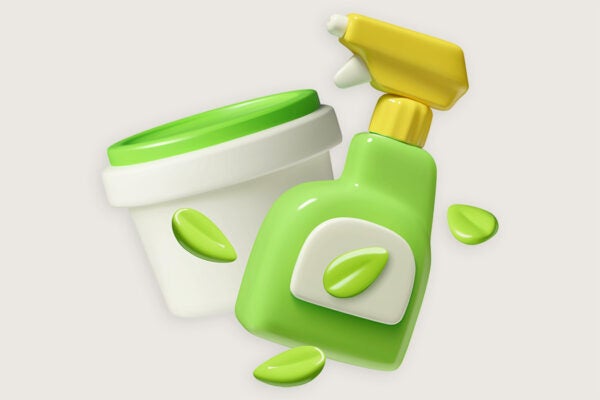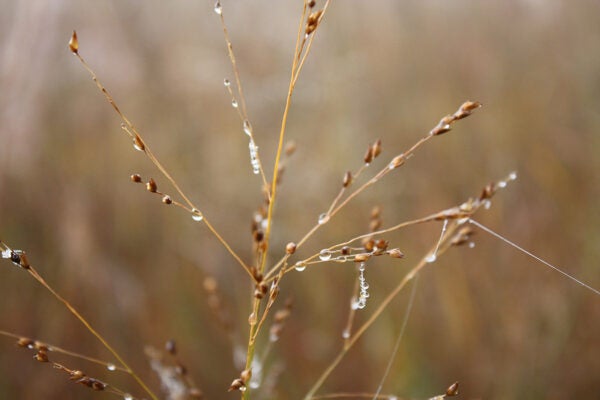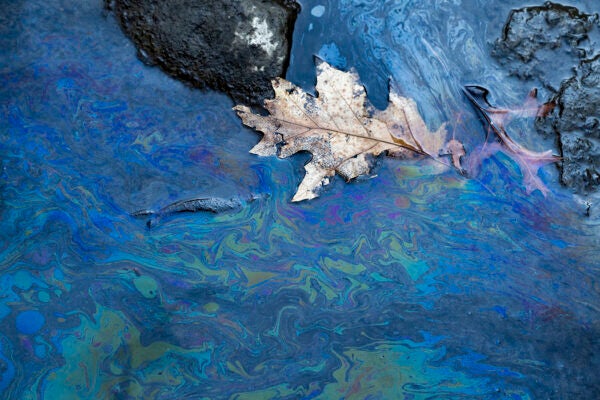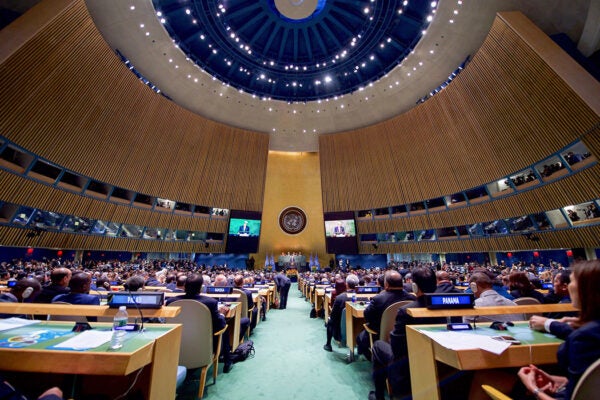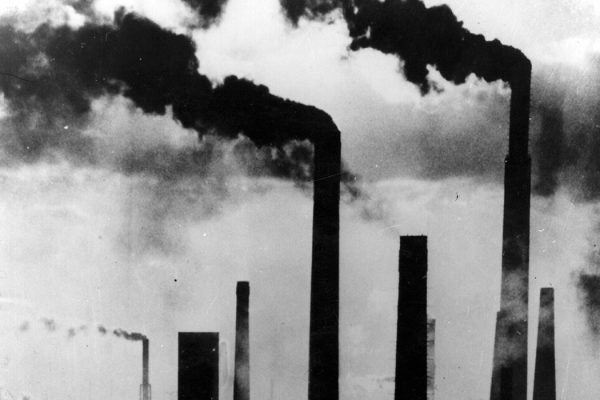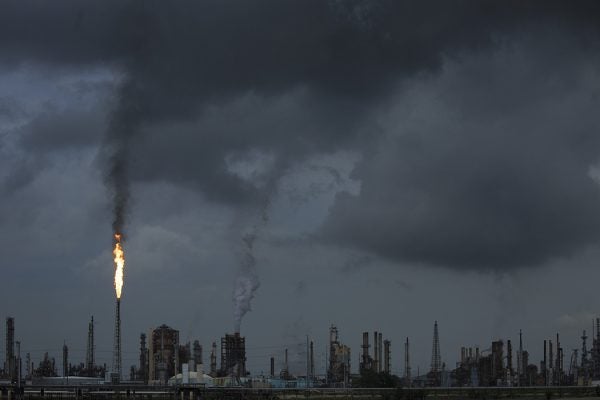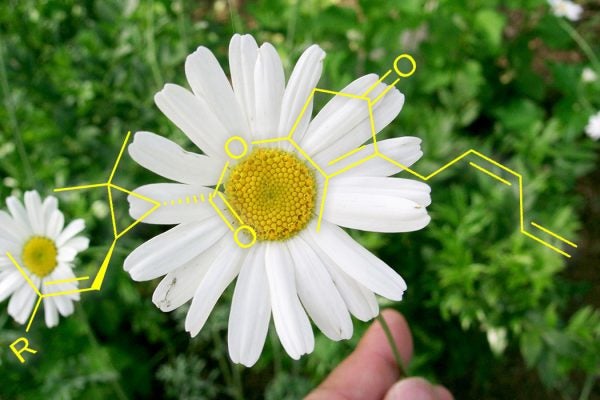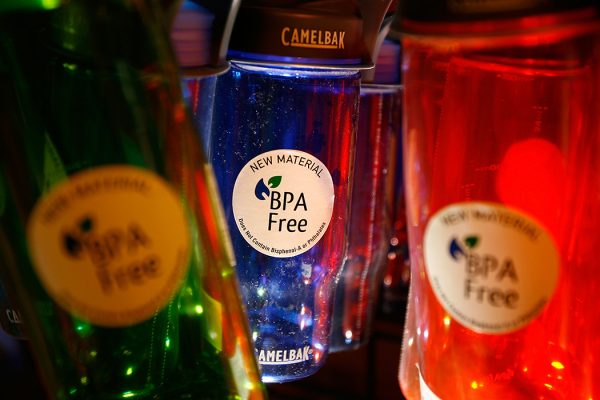Toxic? But It Has a Leaf on the Label!
Is it possible to produce common household products that are sustainable and safe?
Switchgrass: An Old Grass Gets a New Use
The perennial prairie grass used to cover large swaths of the American Midwest, creating vibrant ecosystems where birds, butterflies, and bison roamed.
Vinyl Chloride, Revisited
In the wake of the derailment of a train in Ohio come renewed concerns about vinyl chloride and its use in industrial products.
The Paris Agreement: Annotated
Adopted by almost 200 parties at the 2015 UN Climate Change Conference, the Paris Agreement captures international ambitions for cooperative climate action.
A Precautionary Tale
West Germany’s “do no harm” approach to environmental protection—which became known as the precautionary principle—was revolutionary in its time.
In Phytoremediation, Plants Extract Toxins from Soils
Researchers have a cheap, easy way for cleaning up oil spills: letting plants do the work. Why isn’t it used more often?
Environmental Racism and the Coronavirus Pandemic
COVID-19 is disproportionately deadly among people of color. Long-term environmental racism could be a major factor in this disparity.
What Do Pesticides and Chrysanthemums Have in Common?
They both contain insecticides called pyrethrins, used in ancient Persia. Today we use them in lice-killing shampoos.
How Safe Is BPA-Free Plastic?
With BPA gone from many plastic products, researchers are concerned about other environmental chemicals, which might cause reproductive harm.
Scientists Are Putting Mosquitoes on Human Diet Drugs
Humans and mosquitoes share a surprising amount of genes and have similar hunger controls.
